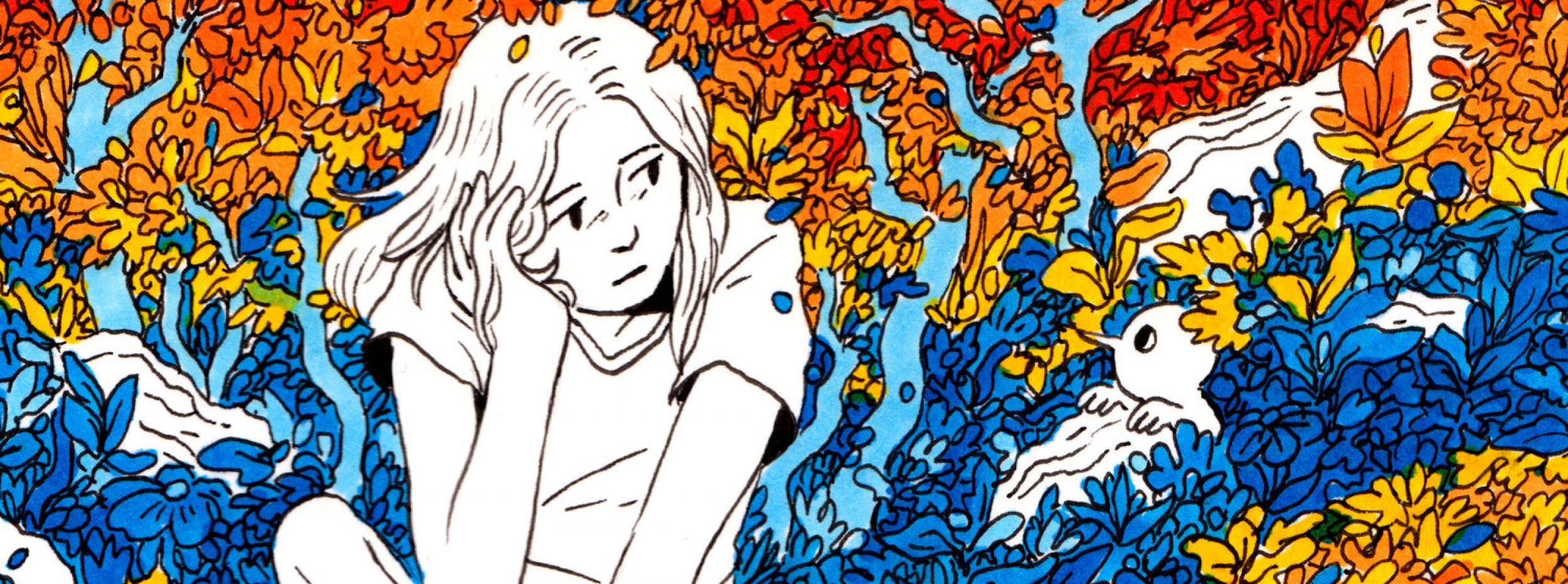LIMITATIONS, FREEDOM, TORTURE, AND HOPE REFLECTION

The literacy narrative comic assignment was significantly different than the previous assignments. This week’s assignment required meticulous planning and attention to detail. In the first literacy narrative assignment, I did not express properly what I wanted to communicate to the reader. In the first draft of the first literacy narrative assignment, I put more emphasis on my fascination with Game of Thrones than the general process of how I grew as a reader and a writer. I decided to take a different approach to this assignment and focus on the external forces that shaped the way I read and write. The most challenging aspect of constructing my literacy narrative comic was recognizing my rhetorical situation. The set of constraints imposed (a limited number of pages) forced me to omit numerous reading and writing experiences that had a significant impact. The peer-review process played a key role in how my comic was structured. My initial draft focused on my father’s influence on my reading. The plan was to limit the number of panels per page to four, but the feedback I got was to uniformly structure the story so that each moment got its fair share of the spotlight. I employed a visual thinking strategy employed by Drnaso in Sabrina, where close-ups on a screen or letter are utilized which brings out the illusion that the reader is (literally) seeing it from the character’s point of view. David Small, the author of Stitches, influenced the way I drew my father’s facial features and expressions.
I had a rough outline of the story I wanted to tell, but after progressing through a few panels I had a clearer and more specific idea that I wanted to portray on paper. Expressing moments visually allowed me to easily portray scenes I would not have been able to do in a traditional narrative essay. Writing for colleges was a traumatic experience and expressing that experience in the form of a comic allowed me to showcase the way I felt about the experience, how I experienced difficulties with writing, and the nightmares I had about the essays. The literacy narrative comic assignment has forced me to rethink the way I wrote my alphabetical literacy narrative and focus on the moments emphasized in the comic.
I feel that if in an ideal situation the set of constraints were to be eliminated, the story would have had the chance of being developed organically and there would’ve been more insight into my relationship with my parents in terms of reading and the negative effect college essays had on my perception of writing. The end product would have been a comprehensive overview of my transformative experience as a reader and a writer.
The link to the assignment is here.








